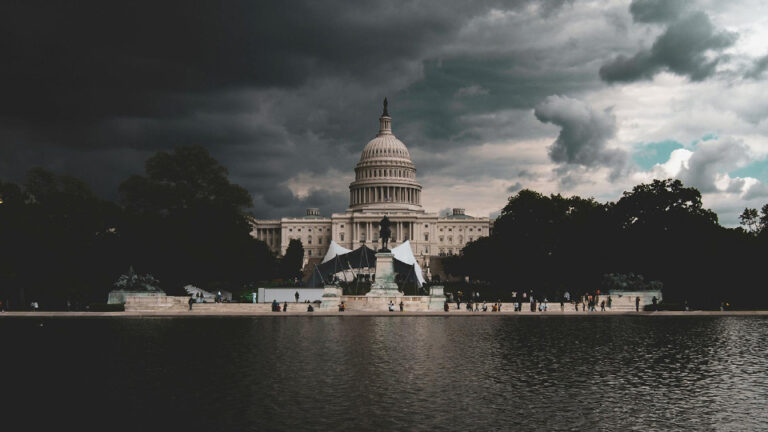The primary purpose of the eJournal of Public Affairs is to publish scholarship related to community and civic engagement. We also acknowledge the value to provide an opportunity for community partners, students, and faculty to share their experience, observations and perspectives that complement their research and projects. For this reason, we created what we originally call the Features section.
To help promote this resource, we have decided to rebrand this section, now calling it “Tell Your Story”. As scholars we recognize the importance of peer-reviewed research, but the eJournal also wants to operate a forum for sharing insights that complement the research and practice. In many instances, the real work of community engagement occurs within coordinated projects. Community members that often sustain these projects are rarely recorded and their successes, despite the potential for changing lives, often go unnoticed. Our Tell Your Story section offers students, community members, and faculty the opportunity to publish their insights, including categories such as Research Notes, Instruments & Reports, and Invited Commentary. We encourage authors to utilize various formats including videos, photo-essays, written essays, and other multimedia, with an emphasis on visually-rich presentations that relate to the eJournal’s Focus and Scope.
There is a fine line between strong descriptive media presentations and those geared toward ‘self or institutional’ promotion. The emphasis should be focused on the what, why, and how, rather than the who. This process will not be as academically-rigorous as the double-blind peer review, but juried media presentations can be impactful and informative. Editors will assign both media and content specialists to evaluate materials prior to publication. These pieces are very important, because they can provide insightful observations through the window of a variety of projects, programs, and partnerships that are actively changing lives across the globe. When media productions are well crafted, they can be compelling material for both the classroom and the general public.
To submit your material to the eJournal, write us at ejournalPA@missouristate.edu


